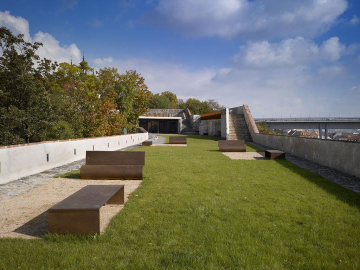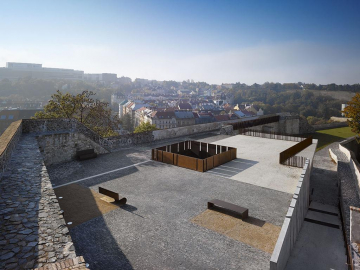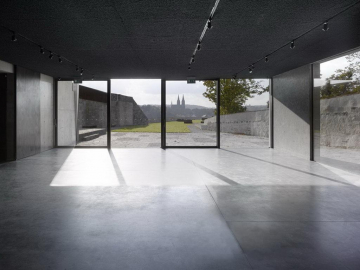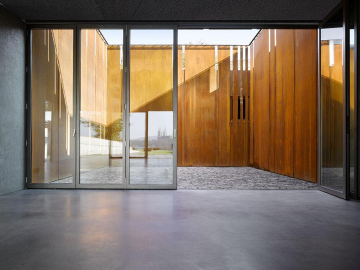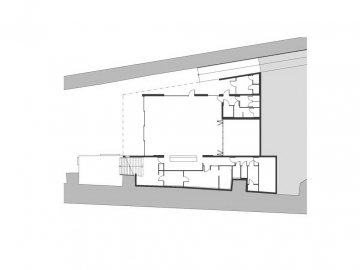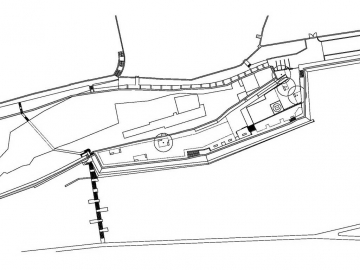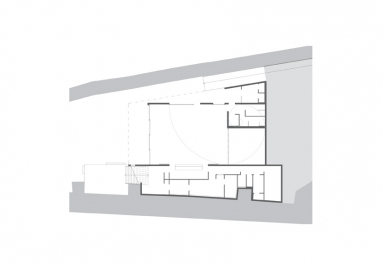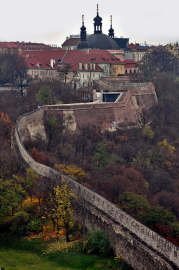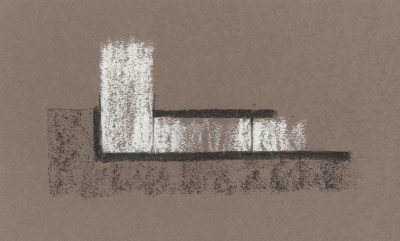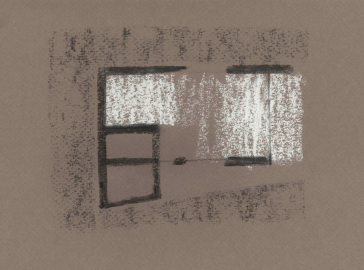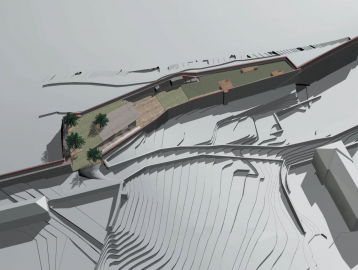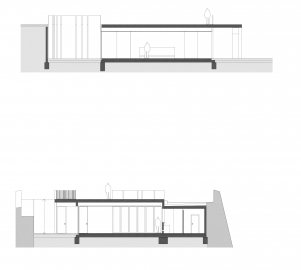Revitalisation of the Crucifix Bastion
The renewed visual communication between the two Prague fortifications helps recall the strategic importance of both structures in the historical urban space. Inside the bastion, the landscaped area allows for outdoor art exhibitions or open-air cultural events.
Connection of the areas through the rampart is made possible through a passageway running between the medieval and Baroque fortification walls. Included in the realization is the reconstruction of the wall chapel, supplemented with a contemporary sculpture, The Crucifixion (Boí muka).
The renewed visual communication between the two Prague fortifications helps recall the strategic importance of both structures in the historical urban space. Inside the bastion, the landscaped area allows for outdoor art exhibitions or open-air cultural events. Connection of the areas through the rampart is made possible through a passageway running between the medieval and Baroque fortification walls. Included in the realization is the reconstruction of the wall chapel, supplemented with a contemporary sculpture, The Crucifixion (Boí muka).
The ensuing architectonic form is proof of the possibilities of connecting the heritage approach to the restoration of historically valuable structures, and the measured yet self-confident contemporary implementation of new contextually aware architecture. As such, it becomes an example of a method applicable in other areas of a similar character. In addition to the contextual supplementing and the increasing of the potential of the extant environment, the new buildings can also provide the aesthetic experience of their architecture in itself. Complexly layered volumes were created not through the mere accretion of details, but instead through the placement of a layer of volumes into the actual masses and space, volumes that accent, initiate or even merely play host to the subtle impressions of the environment. With the addition of the contemporary sculpture The Crucifixion (Author Pavla Melková, Miroslav Cikán; MCA atelier) in the restored and re-consecrated chapel, the genius loci has been strengthened and the name of the place returned to its original meaning.
The impermeability of the area created an inner periphery, a strip of inaccessible and unused greenery within the central city, in certain points approaching the character of a "brownfield". While the gradual disappearance of the importance of historic routes and destinations in the area left it well conserved, the preservation came at the cost of local decay and the related threat to architectural heritage.

